
Between apples, pumpkins, sweet potatoes, and all other manner of autumnal produce, fall is truly the ideal time of year to get into pie-baking. It’s admittedly not the easiest of baking projects, but it just might be the most satisfying. (And as someone who baked a pie every single week last fall, I can confirm that it only gets easier with practice.) With that in mind, I spoke with eight pie-making experts, including pastry chefs, bakery owners, and “London’s King of Pies,” about their favorite essential pie-making tools — from digital scales and rolling pins to pastry brushes and pie plates — and exactly how to put them to use. Ahead, everything you need to start making your own pie from scratch just in time for Thanksgiving (or just because).
Our experts say a food scale is a must-have in any kitchen, but it’s especially crucial when it comes to baking. “Weighing ingredients is the gold standard in a professional kitchen,” says Lani Halliday of Brutus Bake Shop, and it’s particularly useful “for something like pie dough that’s notoriously finicky,” she says. Petra Paredez, owner of Petee’s Pie Company in New York and author of the new cookbook Pie for Everyone, agrees. “Since volume measurements can have drastically different weights, it’s important to weigh certain ingredients for optimal results,” she says, namely “the flour in your crust and the fruit in your filling.” Paredez notes that while “a kitchen scale is one item that not many people use frequently, I think it’s an essential tool for making pies like a pro.”
A good rolling pin is another tool that our experts agree on. Baking expert Erin Jeanne McDowell, author of The Book on Pie (due November 2020), calls it “the ultimate essential tool.” And though she prefers a “French-style, handleless pins with slightly tapered edges,” she says she believes “that hand tools are a personal preference — whatever makes you feel most comfortable is what you should use when it comes to rolling!” Both Paradez and British pastry chef Calum Franklin, who has earned the reputation as London’s “King of Pies” and is the author of The Pie Room (due October 27), agree that it should be on the heavier side. “A heavy pin will help you roll more evenly, as it does a lot of the work for you,” says Franklin.
If you’re just starting out in the pie-baking game, you don’t necessarily want to start baking with a ceramic pie dish, the go-to of experienced bakers. “While glass is my least favorite material, I do like to recommend it for beginners,” says McDowell. “Pies typically need to bake longer than home bakers think, so being able to see through the pan is a good way to start to get that bottom-crust muscle memory.” If you’re more advanced, a ceramic or metal pie plate is the way to go. “I love ceramic for its ability to get the bottom crust nice and crisp,” she says. “And I love metal for its nonstick ability.”
As we learned in our guide to the most ingenious kitchen tools, bench scrapers are one of the best multiuse tools you can have in a kitchen. That goes doubly so for pie-making. “It’s one of my most used baking tools, and I use it constantly when making pie,” says McDowell. “I use its blade to cut butter into cubes or portion pie dough after mixing, and I especially love it for scraping my work surface clean when I’m all done.”
If the bench scraper is the flour, then a solid pastry blender is the butter (to speak in pie-baking terms). As Emily and Melissa Elsen of Four & Twenty Blackbirds told us a few years ago, they’re necessary for creating a consistent, smooth pie dough. Just be sure yours is dependable. “There are a lot of styles and makes of handheld pastry blenders out there, but most of them are subpar and fall apart,” they say. “OXO got it right. Comfortable, easy to clean, and lasts forever, so you can make a lifetime of pie crust by hand.”
Halliday says another great tool is a high-quality pastry brush that won’t stick to your pie. “To get a beautiful shiny finish or to slick on an egg wash that helps demerara sugar stick, a fluffy pastry brush is a nice-to-have,” she says. Paredez agrees, saying, “Silicone brushes tend to be extra gentle and the egg doesn’t get caught in the base of the bristles, as is the case with a natural-bristle brush.”
Though pie dough can be made in a stand mixer, most homemade pies begin in a big mixing bowl. “A big sturdy mixing bowl over a stand mixer is best,” says Haliday, explaining that “you’ll get the best texture by staying close with it.” She recommends a stainless-steel option.
That said, working with pie dough can be challenging for those just starting out. Paola Velez, pastry chef La Bodega and Maydan and a co-founder of Bakers Against Racism, says a food processor can help. “I use it to make sure that the crust stays nice and cold,” she says. Paradez agrees. “Using a food processor can help you make a delicate, flaky crust every time — and super quickly, too,” she says.
If you consistently find that the edge of your pie crust browns (or even burns) faster than the rest of the top, there’s a fix for that. “How evenly your pie cooks may depend on your oven,” says Paradez. “If you find that the outer edge of the crust is consistently overbaked by the time the center of the pie is done, get a pie crust shield. The aluminum ones are light so they can protect the crust without weighing it down and crushing it.”
If you’re more interested in making savory pies, you’re going to need a good thermometer to keep track of the pie’s internal temperature, as you won’t be able to crack the pie open to check the doneness. “A digital temperature probe will ensure perfectly cooked pies,” says Franklin. “You can take accurate internal temperatures and remove a lot of the guesswork out of cooking.”
There’s also the British tradition of making savory pies that are served outside of the tins they were baked in. Franklin, who’s the executive chef at London’s Holborn Dining Room, recommends purchasing a good springform cake pan to achieve perfect standing pies every time. “It’s the best vessel for a fully free-standing pie,” he says. “And it’s the easiest to line and the easiest to remove your cooked pie from before serving.”
“When I make a custard pie, like pumpkin or sweet potato, I need to blind bake the crust,” says expert baker Melissa Weller, co-author of the upcoming cookbook, A Good Bake. “Blind baking,” she explains, is “when you bake the crust separately before baking the filling in it.” While some bakers, like McDowell, prefer ceramic pie weights, Weller likes the more affordable option of filling parchment paper with dried beans. “I line my pie crust with a piece of parchment paper, which I push down to mold into the shape of the crust, then I pour in two one-pound bags of dried beans,” Weller says. “I use the cheapest beans I can find at my local bodega, since I won’t be eating them. They are the perfect weight to hold down the pie and they’re economical.”
If you’d rather not worry about keeping beans around, ceramic pie weights are your best bet. Just be sure to purchase more than one pack. “It’s important to remember that you need enough weights to fill the pie plate up to the top edge,” says McDowell. “This usually requires three sets of ceramic weights, not one.”
While silicone baking mats might seem like a one-trick pony — good for baking sheets and not much else — Paredez says there’s more to them than meets the eye. “Silicone baking mats have multiple functions for pie-making,” she says. “You can roll dough on it to avoid making a mess on your counter. You can use it to line a baking tray and put a pie on top, so it catches fruit filling that bubbles over — another way of making clean-up easy. If you get a fancy one with circles of various diameters, you can use them as a guide when rolling out your dough.”
An immersion blender falls into the “nice-to-have” category, but if you’re using raw ingredients (like real pumpkin or squash instead of the canned stuff), you may need to blend it to achieve peak smoothness. “You can get away without one, but these are super handy for blending liquid fillings, like pecan and pumpkin, into a silky-smooth consistency,” says Paradez. The Elsens prefer this professional-grade blender from Waring.
Few pie-making tasks are as stressful as creating a beautiful lattice. (Unfortunately, we can’t all be Pieometry author Lauren Ko.) Luckily, there’s a tool that can take a lot of the stress out of lattice work. “A lattice roller cutter,” says Franklin. “You can roll it through a sheet of pastry and stretch it over your pie. It is a beautiful way to finish a design and saves you hand cutting a lattice out.” For wider lattice work, try a pastry wheel.
You could certainly peel the five pounds of apples you picked at your local orchard by hand, but it doesn’t have to be that way. The Elsen sisters swear by this $20 apple peeler for getting the job done in record time. “We were skeptical of this contraption at first — it looked to be much more trouble than it was worth — but we were so wrong,” they say. “This peeler is the easiest way to peel, core, and slice all at once.” Best of all, it can also be used to peel other produce like potatoes and pears.
Although cherry season is long over, it will be back. (Maybe it’s returned as you’re reading this very article!) Pitting cherries by hand is another thankless and exhausting task, so buy a good cherry pitter and make your life easier. “It’s beyond easy [to use] and likely also the one that your grandma used,” the Elsens say. “Cherry season is important for pie-makers, and so is efficiency in pitting. Don’t bother with anything else.”
You don’t have to watch a single episode of The Great British Baking Show to know that nothing is more disappointing than a pie with a soggy bottom. Enter Baking Steel. “I love to use something on my oven rack to help conduct heat and ensure I get a crisp bottom crust,” says McDowell. “My preferred choice is the Baking Steel, but a pizza stone is another good choice. Just remember not to take a pie from the freezer right onto the hot stone, as sudden temperature changes could crack either the pie plate or the ceramic pizza stone.”
The Strategist is designed to surface the most useful, expert recommendations for things to buy across the vast e-commerce landscape. Some of our latest conquests include the best acne treatments, rolling luggage, pillows for side sleepers, natural anxiety remedies, and bath towels. We update links when possible, but note that deals can expire and all prices are subject to change.
The Link LonkOctober 17, 2020 at 03:25AM
https://ift.tt/343fKui
Everything You Need to Bake a Pie From Scratch, According to Pie-Baking Experts - New York Magazine
https://ift.tt/2CPpHAw
Pie
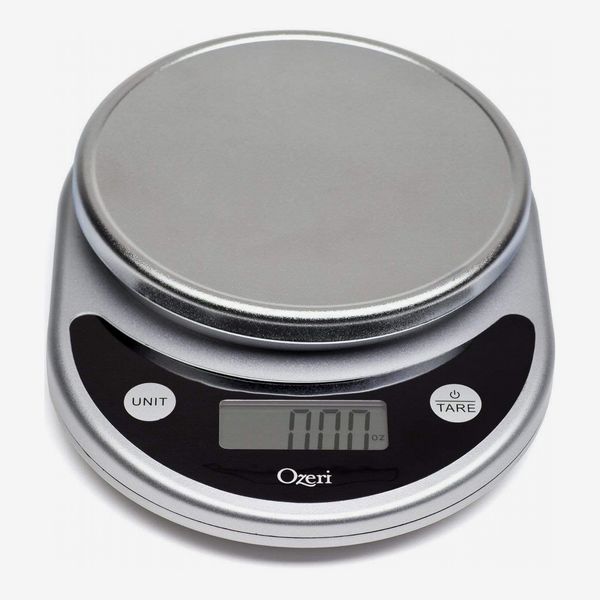
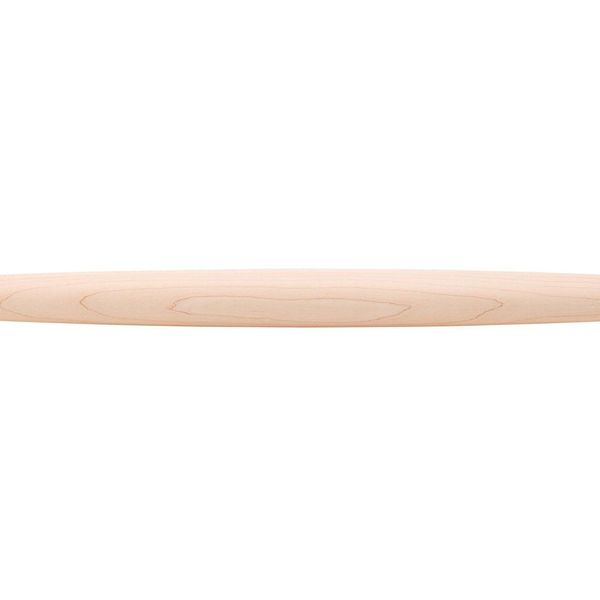
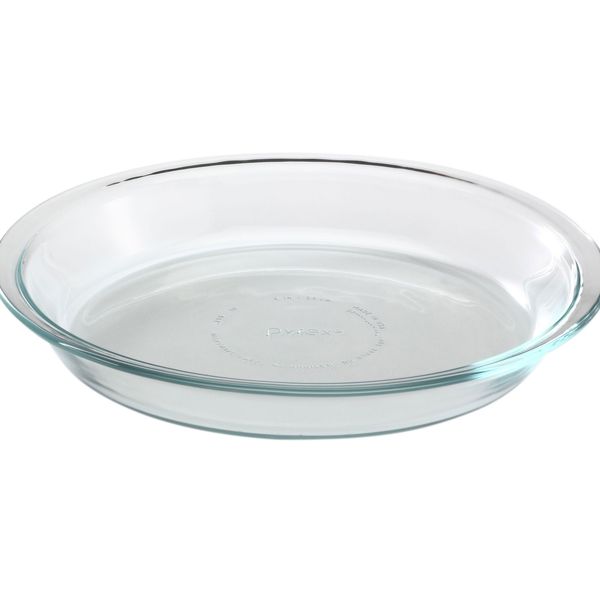
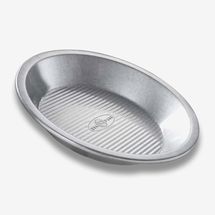
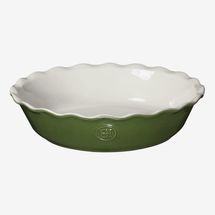
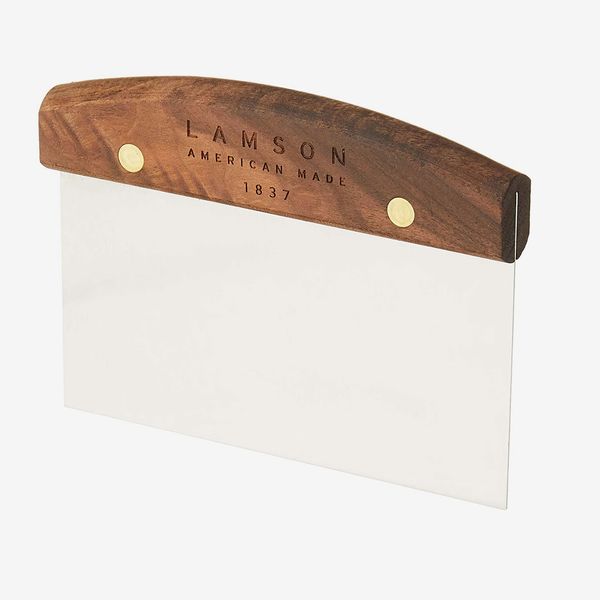
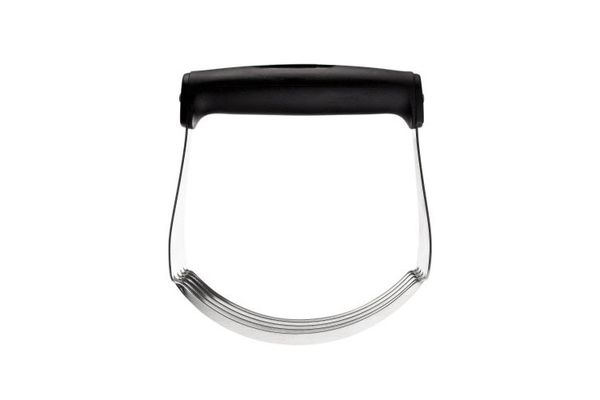
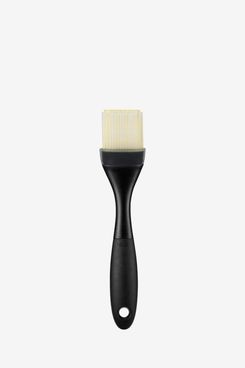
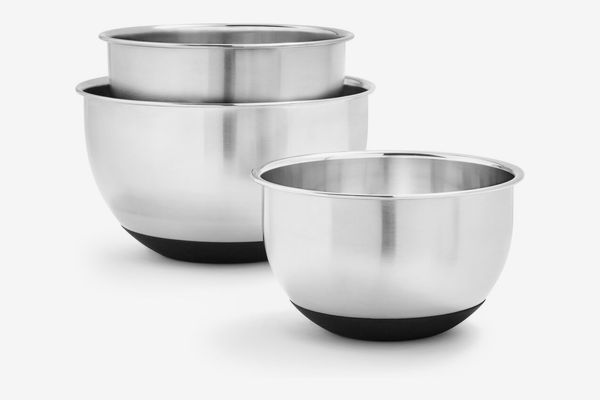
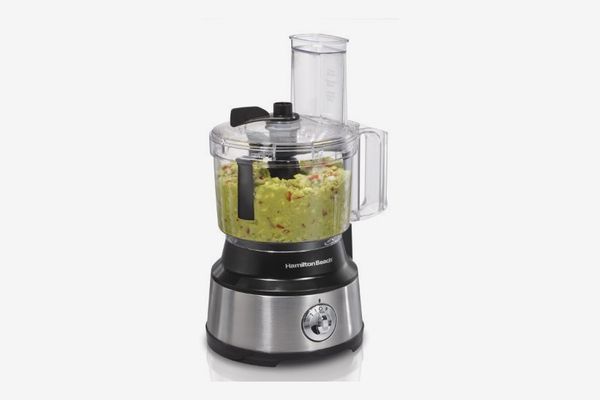
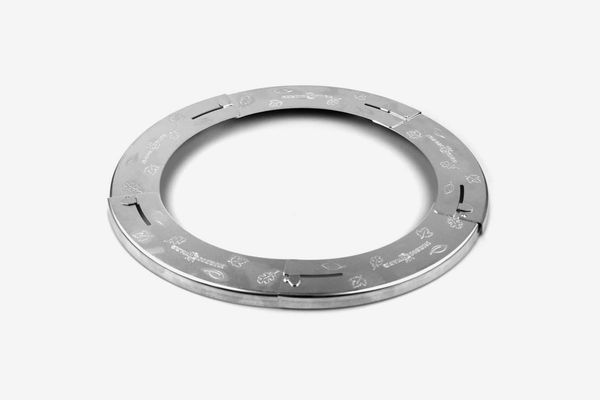
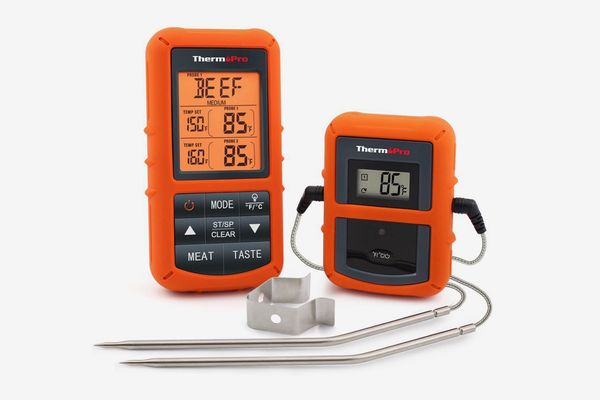
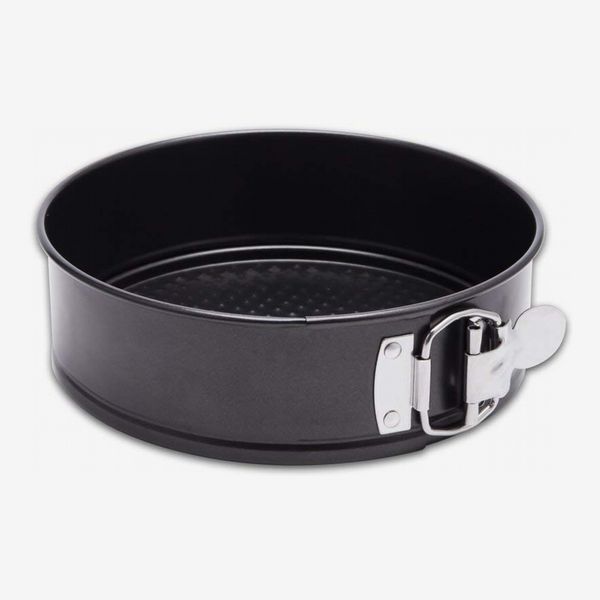
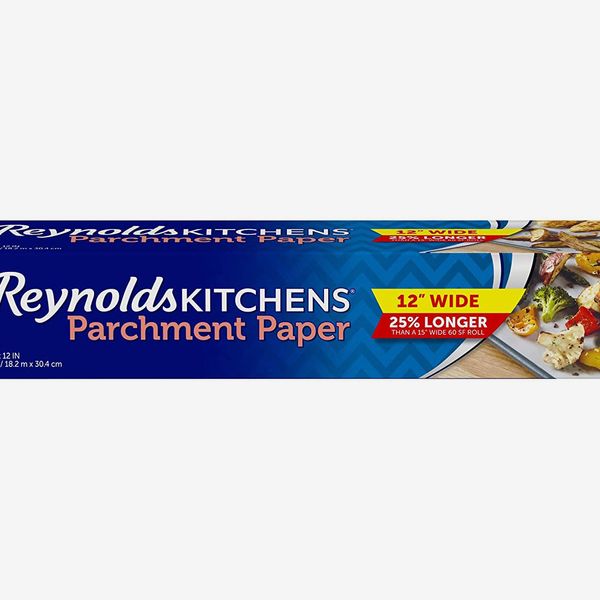
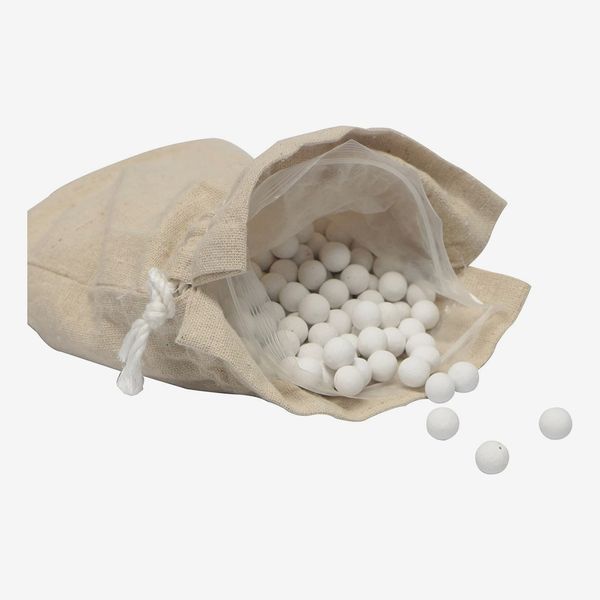
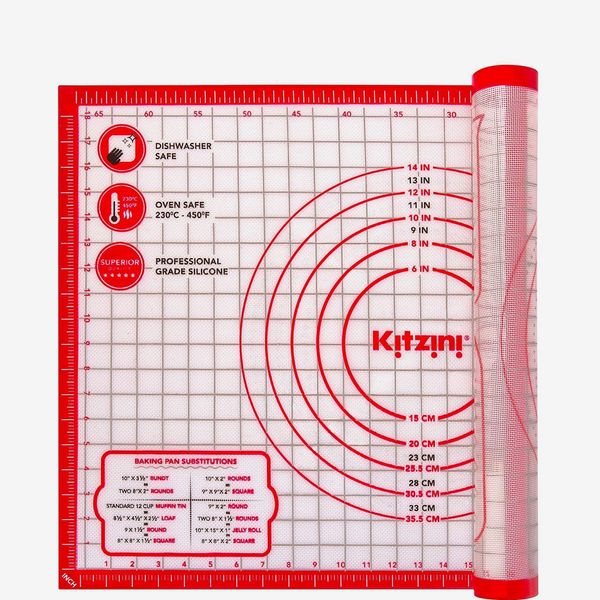
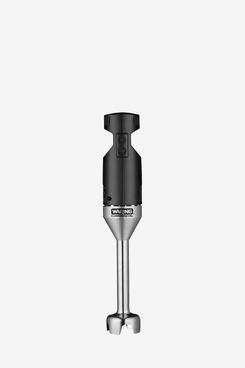
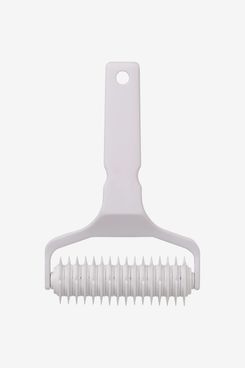
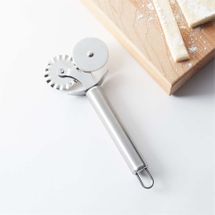
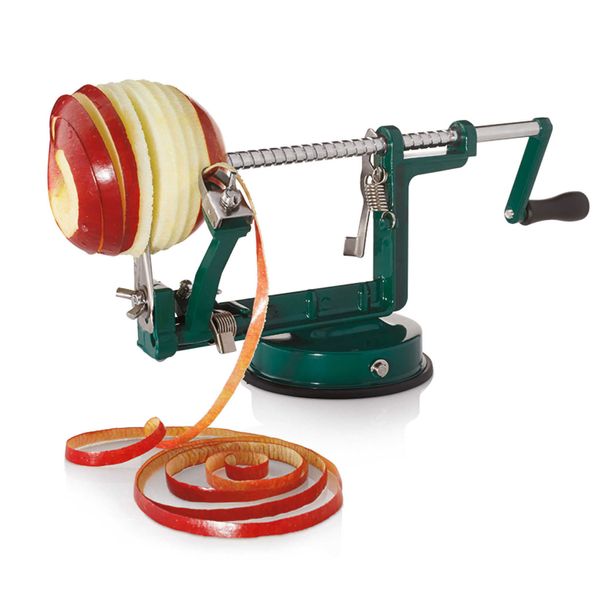
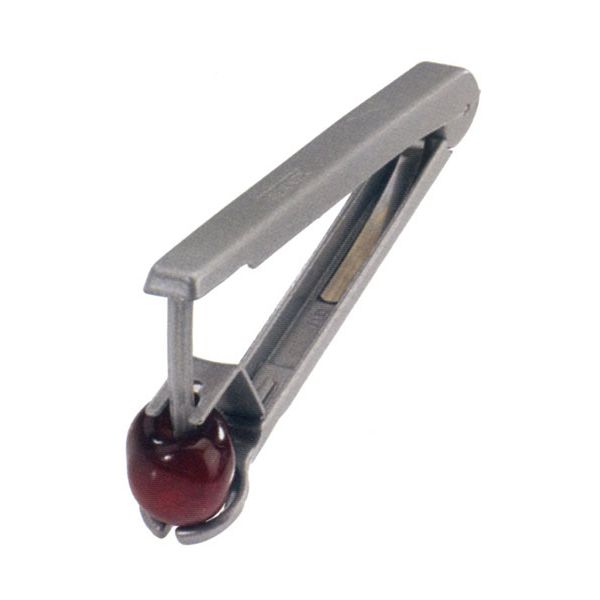
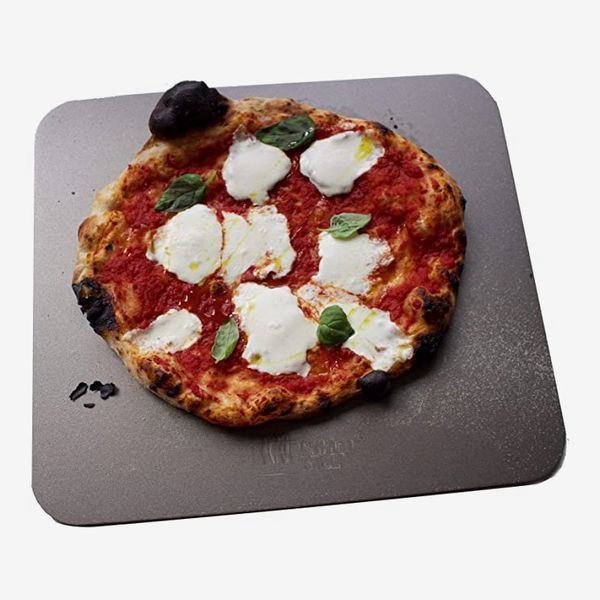
No comments:
Post a Comment